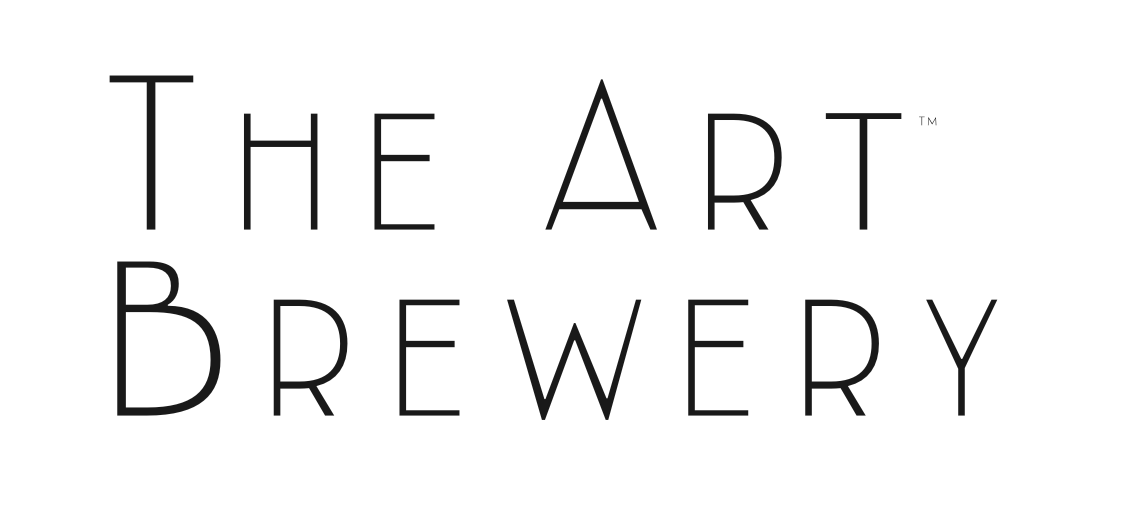
The brain behind belonging: What neuroscience teaches us about inclusion
Before we belong to a company, a mission, or a job title—we belong to each other.
And our brains know it.
The human brain is deeply wired for connection. Long before productivity dashboards and performance reviews, inclusion was essential to survival. To be excluded from the group meant vulnerability. Today, that same evolutionary programming lives on in the workplace. And it shows up in the most human way: our longing to feel seen, heard, and safe.
Belonging Isn’t Just Emotional—It’s Neurological
When people feel excluded at work, they’re not just disappointed—they’re in pain.
Groundbreaking research from the field of social neuroscience shows that social rejection activates the same regions of the brain as physical pain, particularly the dorsal anterior cingulate cortex (dACC) and the anterior insula (Eisenberger et al., 2003)¹. This means exclusion doesn’t just “feel bad.” It registers in the body like a wound.
On the other hand, belonging feels good for a reason. The experience of inclusion engages the brain’s reward circuits, releasing dopamine and oxytocin—the same chemicals linked to trust, connection, and motivation (Lieberman, 2013)².
Put simply: when people feel safe, they perform better.
They share ideas. They collaborate. They take creative risks. They stay.
From Brain Science to Team Culture
For HR leaders, L&D professionals, and team facilitators, the implications are clear: fostering inclusion isn’t just the right thing to do—it’s a strategic imperative.
Consider this:
· Employees who feel a strong sense of belonging are more than twice as likely to be engaged
· They have a 56% higher likelihood of thriving at work (Gallup, 2023)³
· Inclusion drives better retention, higher performance, and stronger team cohesion
But here’s the challenge: you can’t mandate belonging.
You have to make space for it.
And that’s where shared, creative experience becomes transformational.
Mysteries In Colour™: Where Belonging Begins with Curiosity
At The Art Brewery, we’ve designed a unique workshop—Mysteries In Colour™—that cultivates belonging not through policy, but through perception.
The process begins with pareidolia: the brain’s instinct to find meaning in ambiguity. Participants explore abstract inkblots and discover vastly different interpretations. One person sees a bird. Another sees grief. Another, possibility.
But rather than defend their view, they share it.
They listen.
They wonder aloud.
That question—“What do you see?”—creates a level playing field.
There is no right answer. Only diverse viewpoints, held in a space of curiosity.
And in that moment, something shifts.
Every voice is welcomed.
Every perspective is valid.
Every person starts to feel: I belong here, too.
The Neuroscience of Shared Experience
Research confirms what participants feel in the room: when we create together, we connect on a neural level.
A 2019 study in Trends in Cognitive Sciences found that shared creative experiences enhance empathy and increase brain synchrony between individuals—a phenomenon known as “neural alignment” (Shamay-Tsoory et al., 2019)⁴. This synchrony forms the neurological foundation of team trust and cohesion.
Mysteries In Colour™ was designed with this in mind. It blends:
Creative expression
Neural pattern recognition
Open-ended conversation
Shared meaning-making
These elements don’t just entertain. They reshape how people relate. One inkblot at a time.
Belonging Is the Beginning
When people feel they belong:
They don’t just contribute—they care
They don’t just comply—they co-create
They don’t just stay—they show up fully
At The Art Brewery, we believe belonging is not a side effect of culture—it is the culture. And it begins by asking: What do you see?—and truly listening to the answer.
Ready to Build a Culture of Belonging?
If you’re looking to move from performative inclusion to something real—start with presence, play, and shared perception.
[Book a Free Consultation]
References
Eisenberger NI, Lieberman MD, Williams KD. Does rejection hurt? An fMRI study of social exclusion. Science. 2003;302(5643):290–292. doi:10.1126/science.1089134
Lieberman MD. Social: Why Our Brains Are Wired to Connect. New York: Crown Publishing Group; 2013.
Gallup. State of the Global Workplace 2023 Report. Available from: https://www.gallup.com/workplace/349484/state-of-the-global-workplace.aspx
Shamay-Tsoory SG, Saporta N, Marton-Alper IZ, Gvirts HZ. Herding brains: A core neural mechanism for social alignment. Trends Cogn Sci. 2019;23(3):174–186. doi:10.1016/j.tics.2019.01.002
